Posts About Lady Beetle Atlas
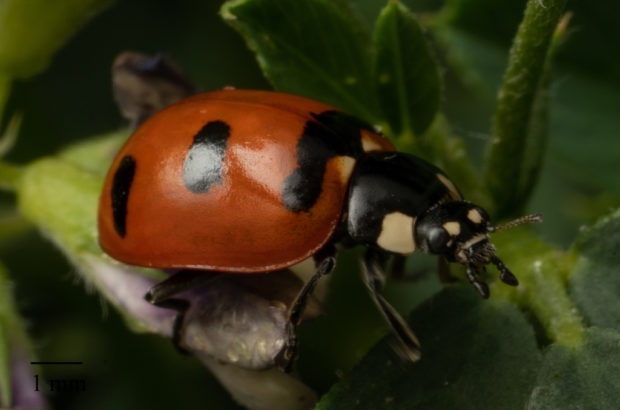
The Search for Missing Lady Beetles
Most lady beetles, also called ladybugs, feed on small, soft-bodied insects, including aphids, mealybugs, and scale insects, many of which can cause a lot of damage to garden plants and native flora if their populations grow too large. Lady beetles can smell compounds released by stressed plants and aphids, allowing them to locate their prey in the landscape. Learn more about these important species and how you can participate in the Vermont Lady Beetle Atlas here.
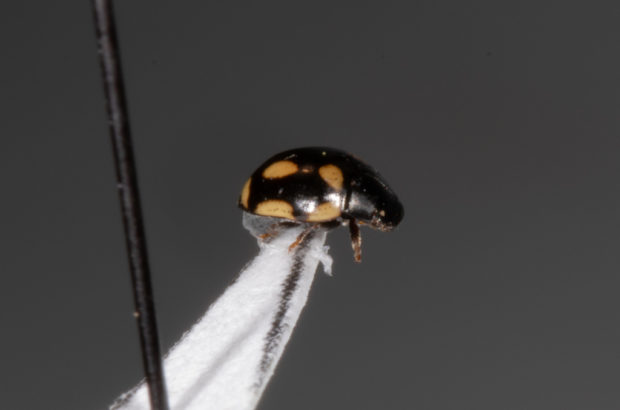
New Lady Beetle Discovered in Vermont
When he looked inside, he saw a small, black beetle with elongated spots. “I walked over to Kent and asked if he knew what species this was,” said Nathaniel. “Kent responded that he was not sure, so he took the beetle home to identify it.” “Yeah as soon as I saw the thing I just had this feeling that this lady beetle was something special and knew that I had to take it back with me,” said Kent.
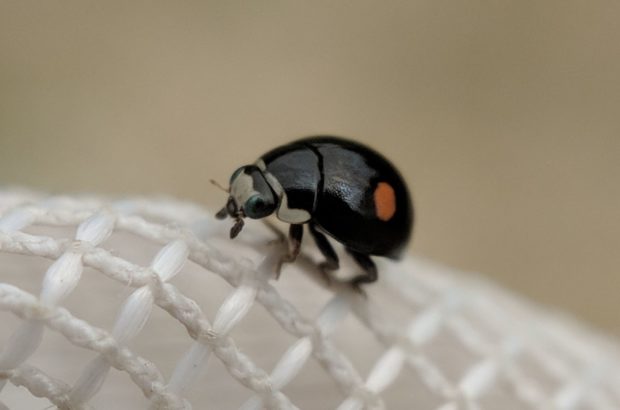
Vermont Lady Beetle BioBlitz (and more!)
Did you know there are over 400 native ladybug (aka lady beetle) species in North America or that there are 35 native species (at least) in the state of Vermont? Unfortunately, native lady beetles are in decline across North America and in Vermont. In fact, 12 of our native species have not been seen in Vermont in over 40 years! Join us in our search for lost ladybugs.
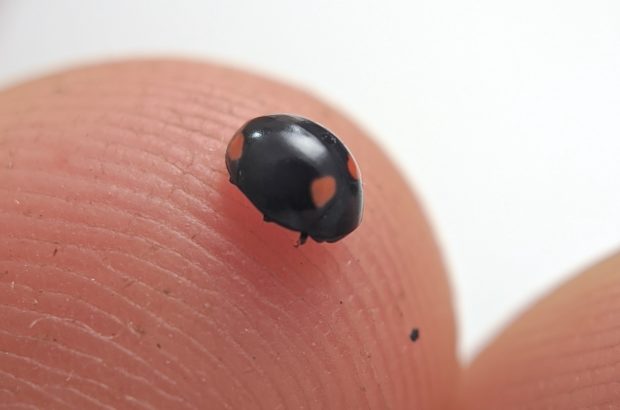
Vermont Lady Beetle Atlas Finds Lost Species
Over 100 Biologists and citizen scientists have photographed and reported more than 183 lady beetle observations representing perhaps a dozen species to the Vermont Lady Beetle Atlas just since its inception this spring, including one species that hasn’t been seen since 1976!
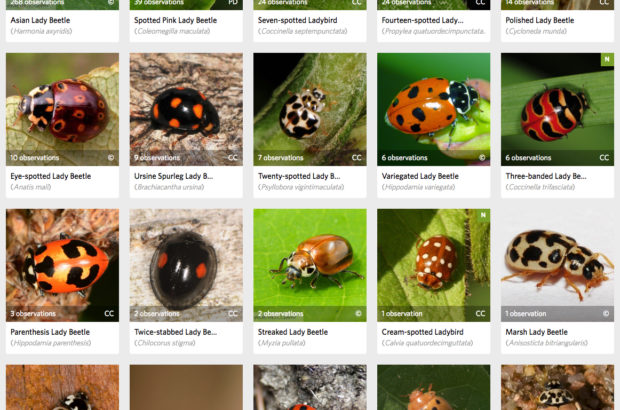
VCE Kicks Off New Project with Backyard Lady Beetle Blitz in May
Help us kick launch the Vermont Lady Beetle Atlas. From May 15th to 18th to participate in the Backyard Lady Beetle Blitz. Participating in the Backyard Lady Beetle Blitz is as easy as search, photograph, and upload!






